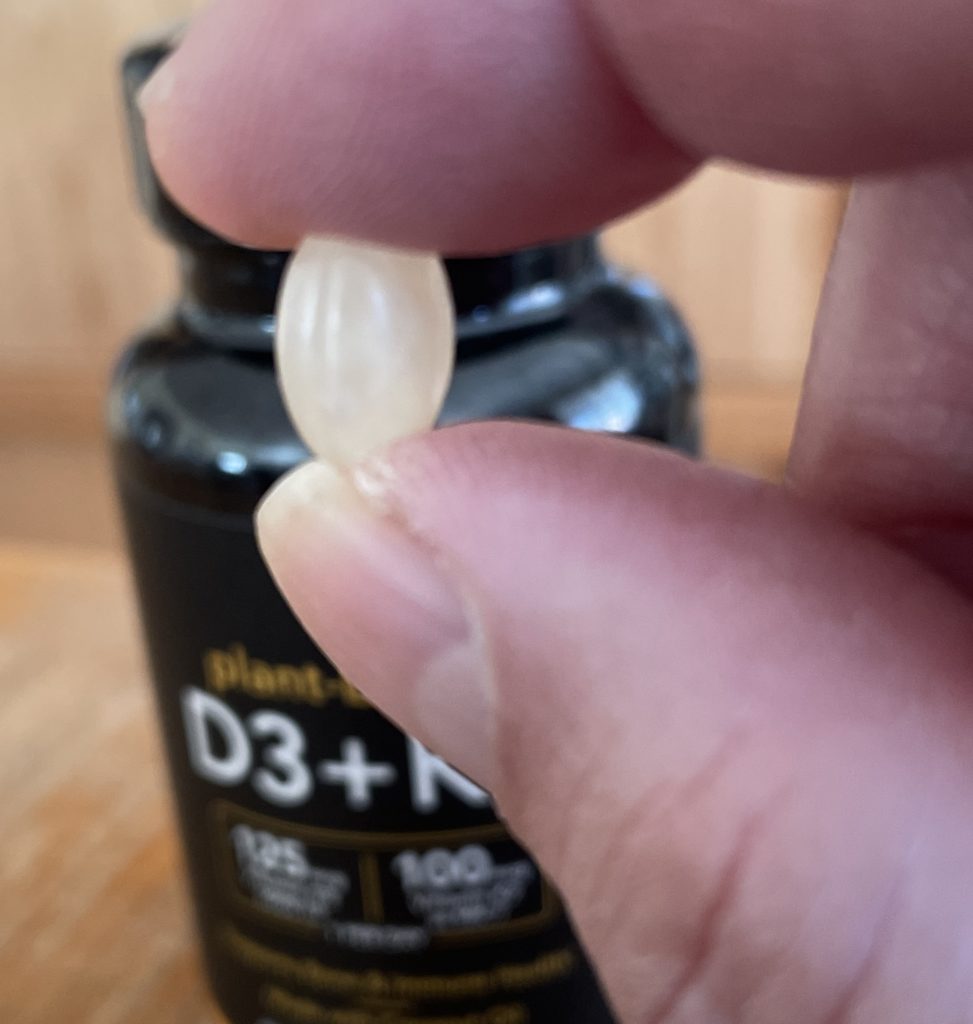Scientific American: Does Vitamin D Improve Brain Function?
Tuesday, April 4th, 2023
I just watched a YouTube video titled “New US Vit D research” by Dr. John Campbell, and wondered about a possible connection between Vitamin D and the thinking skills in the YCISL program. Could creativity, EQ, growth mindset, mindfulness, positivity & fast thinking be enhanced by Vitamin D (also called “sunshine vitamin” by some)? A Google search led me to the Scientific American article “Does Vitamin D Improve Brain Function?” written by Diane Welland and published November 1, 2009?
The article mentions information-processing speed, cognitive impairment, and cognitive losses – all of which affect our creativity. It does mention one study of “3,100 men aged 40 to 79 in eight different countries across Europe” which sets up a huge knowledge gap open to a YCISL Innovators Toolbox Filling & Crossing Gaps analysis.
This is one of those “Hmmmmmm?” moments. A pause to reason (or imagine) this out. An opportunity to ask “What if…?”
Should we discuss a possible YCISL-Vitamin D link in a Popcorn with Colin? We could explore a youth perspective about Vitamin D as well as a need to improve brain function. Do students notice any brain function performance difference between seasons, between night and day, between indoors vs outdoors, or anything else related to light exposure?
Should we create YCISL projects around Vitamin D healthcare? Besides a physician telling a patient to take Vitamin D supplements, is there anything else that can be done to improve Vitamin D healthcare? Could a person’s Vitamin D be measured without a blood test making it more convenient? Is there any program that could be designed so that people would take Vitamin D supplements consistently? Is there a software app that could change human behavior to improve Vitamin D levels? I imagine there are many possible innovations.
Should we ask YCISL participants about their Vitamin D levels? As part of an EQ-framework, should we assess self-awareness about Vitamin D levels as well as boosting and supplementation? Should we also complete the EQ-framework with a design thinking discussion about resources and how to connect with those resources?
While writing this, I took a Vitamin D3+Vitamin K2 supplement. Let’s see if it worked.

 One of my LinkedIn connections had liked a post that came across my feed. That article referred to an article titled “Dear daughter, sorry we were a bit negative about poly next year” dated March 20, 2023 and written by Jill Lim. Fortunately, an image of the article was included in the LinkedIn article so I could read a slightly blurred version of the article.
One of my LinkedIn connections had liked a post that came across my feed. That article referred to an article titled “Dear daughter, sorry we were a bit negative about poly next year” dated March 20, 2023 and written by Jill Lim. Fortunately, an image of the article was included in the LinkedIn article so I could read a slightly blurred version of the article.
